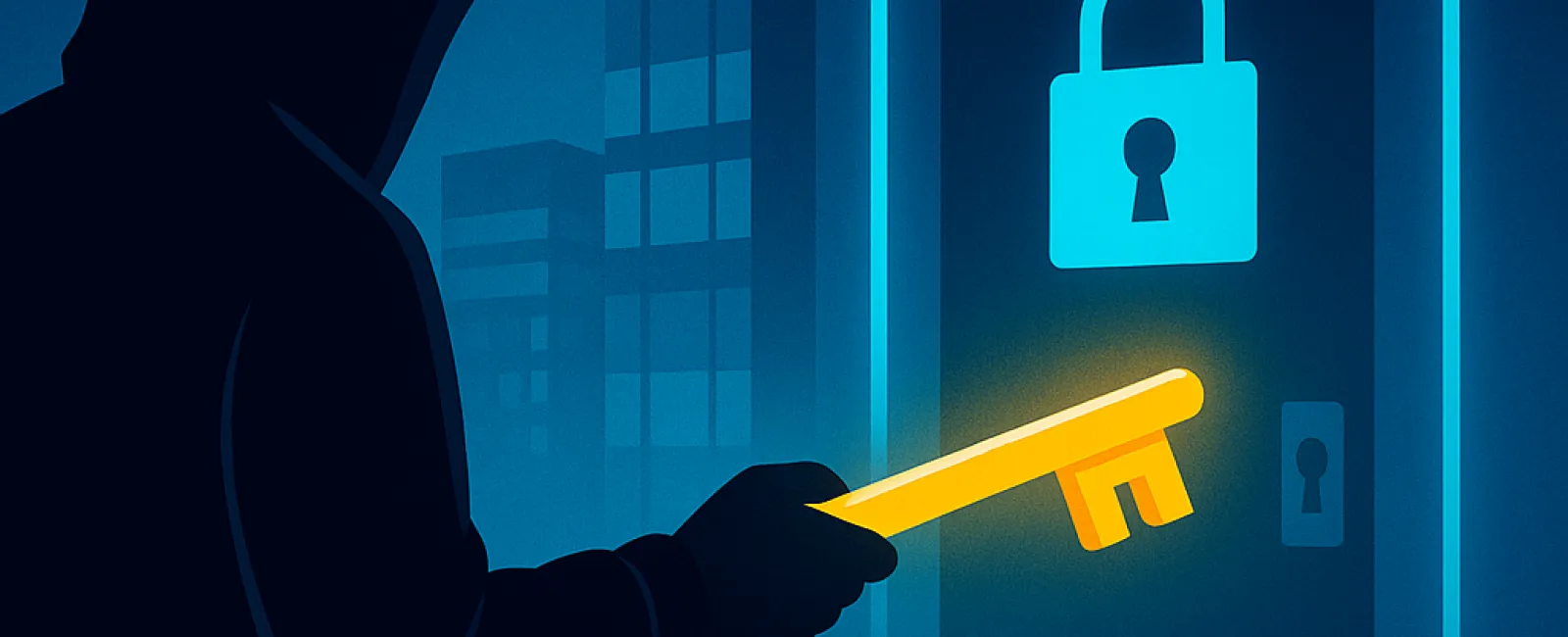August 04, 2025
Cybercriminals are evolving their tactics to target small businesses more effectively. Instead of forcing entry, they gain access quietly by stealing what matters most—your login credentials.
This method, known as an identity-based attack, has become the leading way hackers infiltrate systems. They capture passwords, deceive employees with fraudulent emails, or bombard users with login prompts until someone inadvertently grants access. Sadly, these strategies are proving highly successful.
Recent data from a cybersecurity firm reveals that 67% of major security breaches in 2024 stemmed from compromised login details. Even industry giants like MGM and Caesars suffered from these attacks the year prior—if they're vulnerable, smaller businesses are at serious risk too.
How Are Hackers Breaking In?
Most attacks begin with something as simple as a stolen password, but the methods hackers use are increasingly sophisticated:
· Phishing emails and fake login pages lure employees into revealing their credentials.
· SIM swapping allows attackers to intercept text messages used for two-factor authentication (2FA).
· MFA fatigue attacks overwhelm your phone with login requests until you mistakenly approve one.
Additionally, hackers target employee personal devices and third-party vendors like help desks or call centers to find alternative entry points.
How to Safeguard Your Business
The good news? Protecting your business doesn't require technical expertise. Implementing a few key measures can significantly enhance your security:
1. Enable Multifactor Authentication (MFA)
Add an essential layer of security by activating MFA. Opt for app-based or hardware security keys rather than text message codes for stronger protection.
2. Educate Your Team
Your security depends on your employees' awareness. Train them to identify phishing attempts, suspicious emails, and how to report potential threats.
3. Restrict Access
Limit employee permissions to only what's necessary. If a hacker compromises an account, restricted access limits the damage they can cause.
4. Adopt Strong Password Practices or Go Passwordless
Encourage the use of password managers or advanced authentication methods like biometric logins and security keys that eliminate reliance on passwords.
The Bottom Line
Hackers are relentlessly targeting your login credentials with increasingly clever tactics. Staying protected doesn't mean you have to face this challenge alone.
We're here to help you implement the right defenses to keep your business secure—without complicating your team's workflow.
Wondering if your business is at risk? Click here or give us a call at 952-941-7333 to book your Consult.



